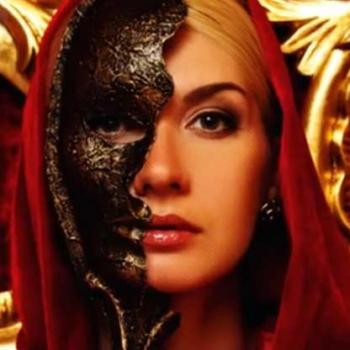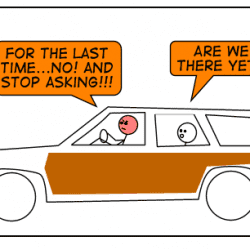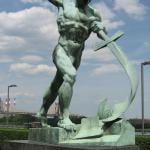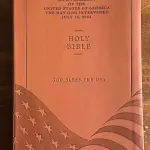Having watched James Cameron’s “Lost Tomb of Jesus” special on the Discovery Channel, and having followed some of the subsequent discussion online, I believe it’s worth dedicating a second week to this significant find.
Certainly, there was some compelling evidence presented in the two-hour show, and questions raised have sparked vigorous debate, not only about the historical basis of Scripture, but also the basis and context of what we claim as Christians to believe today.
Some reflexively condemn the show as an attack on Christianity based on the premises that they even suggest Jesus’ physical remains were left behind, and that he may have married and had a son. Others see this as an opportunity to learn more about the family of Jesus and the movement he sparked two millennia ago.
One interesting point that is discussed throughout the show deals with the names on the ossuaries found in the tomb, which is a fancy name for “bone boxes.” Though all of the names on the ossuaries were quite common at the time of Jesus’ life, the particular combination of names, all found in the same family tomb, is much less likely when the numbers are crunched.
The way in which the statistics were presented, however, were misleading. A statistician figured that the likelihood of this particular combination of family names, from which producers of the special claimed this meant the likelihood that this wasn’t the family of Jesus of Nazareth, was one in 30,000. However, the numbers actually tell a different story.
We should consider that the official population of Jerusalem at the time of Jesus’ death was anywhere between 60,000 and 90,000. If there is a one in 30,000 chance of this sequence of family names occurring, there should have been two or three other families in Jerusalem at the time with exactly the same names.
Therefore, rather than suggesting such dramatically low odds against this not being Jesus from Scripture, it’s more appropriate to say that there’s a 50 to 33 percent chance that it actually is. While these are still compelling odds, it’s hardly undeniable proof.
On the other side of the coin, some contend that Jesus would not have been buried in Jerusalem, but rather in Nazareth, based on his name, “Jesus of Nazareth.” However, the legal residence of Jesus’ family arguably is Bethlehem, based on their return there for the census, prior to Jesus’ birth. Talpiot, the location of the discovered tomb, is a little more than 2 miles north of Bethlehem.
Another claim is that Jesus’ family, being of modest means, would not be buried in such a nice family tomb. But one consideration is that Jesus is a descendant of the line of David, both by Mary and Joseph, according to the Gospel texts. Such a bloodline was considered highly venerable at this time, which could justify such a distinction at burial.
In addition, Jesus’ brother, James, is described as having some followers who are of financial means. It’s entirely possible that part of the support the family received from their faithful was a tomb commissioned in their honor. This would align well with prophecy in Isaiah, Chapter 53, which states that the Messiah will be buried among the wealthy.
The debate has only begun around this issue, which is interesting considering that the tomb and ossuaries were discovered more than 25 years ago.
Granted, the producers of the film do seem compelled to buttress the hypotheses they already hold, which is why the scientific method should be applied to such research. To date, this has not happened, and the participants recorded in the show are not formally trained in archaeology, paleontology, genetics or biblical history.
On the other hand, opponents of the claims made are not basing their dismissals upon scientific principles, either. In general, they have beliefs, and they’re sticking to them. Truth be told, there’s likely no evidence compelling enough to dissuade some people, period.
At least we’re talking. It’s better for us to debate than to draw blood over such ideological differences. And who knows? Maybe we’ll all come out on the other end of the discussion having learned something, at least about ourselves, if not the mysterious figure many of us call Jesus, the Christ.











